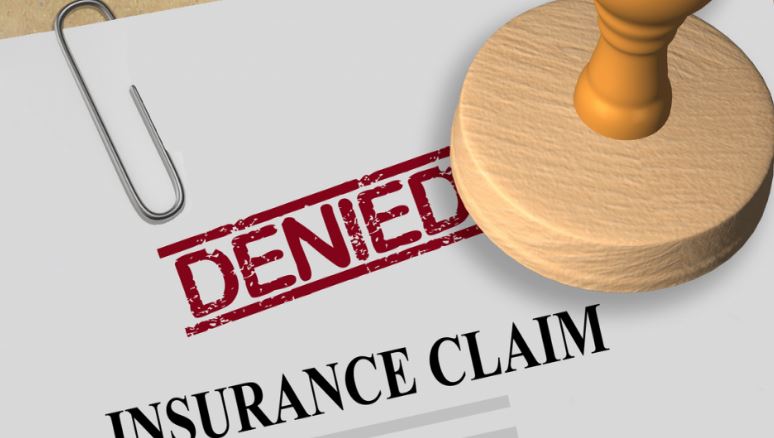HOMEOWNERS
HOMEOWNERS INSURANCE & LIMITED AVAILABILITY
Ontario has the lowest standards for oil tank thickness in Canada, according to government regulations. Most insurance companies provide coverage in other provinces and may have higher standards then the provincial regulations in Ontario. So even though government safety standards do not require you to have your oil tank inspected, the insurance company might ask for an inspection in order to provide you with the right coverage. For example, some insurers won’t insure single walled tanks even though they are acceptable by the safety code in Ontario.
COMMON CAUSES OF OIL SPILLS
1) Pinhole leaks from interior or exterior corrosion.
2) Damaged fuel lines or filters from falling objects, snow or ice.
3) Leaking pump, atomizer, or fuel oil filter.
4) Valves or fuel lines burst from pressurization during the filling process when a vent pipe is blocked.
5) Oil tank topples as a result of an unstable base or footing.
6) Oil tank is overfilled at the time of delivery.
7) Vehicle impact to outside oil tank.
PREVENTATIVE MEASURES
Every homeowner using fuel oil should adopt the following preventative measures to protect their home, family, and neighbours:
1) Be aware of the smell of oil. Contact your heating contractor immediately if you smell the odour of fuel oil.
2) Check to ensure that your oil tank is approved by Underwriters’ Laboratories of Canada (ULC).
3) If your tank is 12 years of age or older, consider replacing the tank with a new tank.
4) Never buy or install used fuel oil tanks. Never transfer oil from an old tank to a new tank, as water and contaminants can also be transferred.
5) Oil tanks should be located at least 100 ft. from the nearest well. Tanks located beside driveways should be protected with concrete posts.
6) Ice shields are available to protect your tank and lines from falling snow or ice. If your tank is at risk, have a shield installed.
7) Oil tanks should rest on a solid, non-combustible, level surface.
8) Oil tanks should not be touching a wall, resting on wood or wood supports, or raised on stacked blocks.



